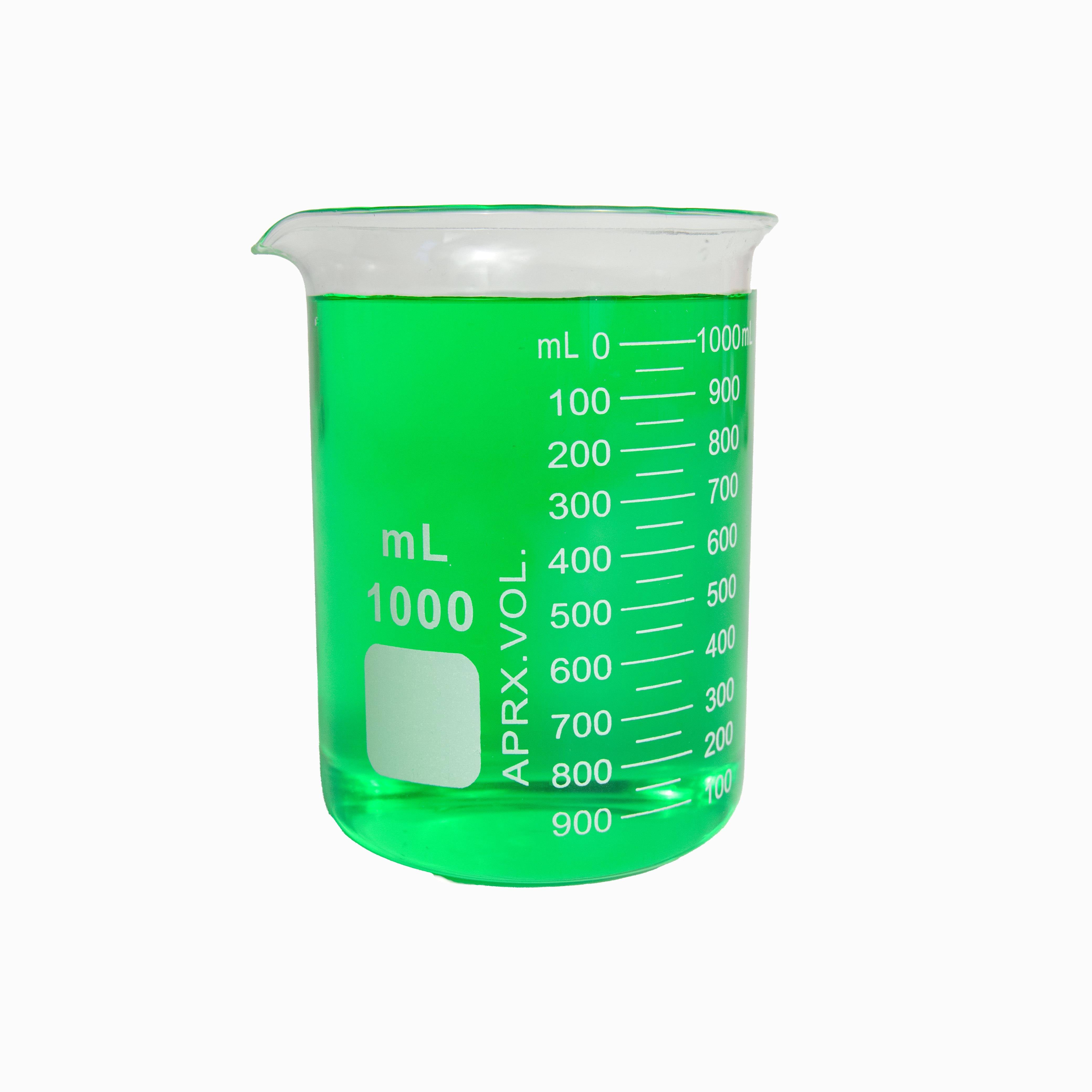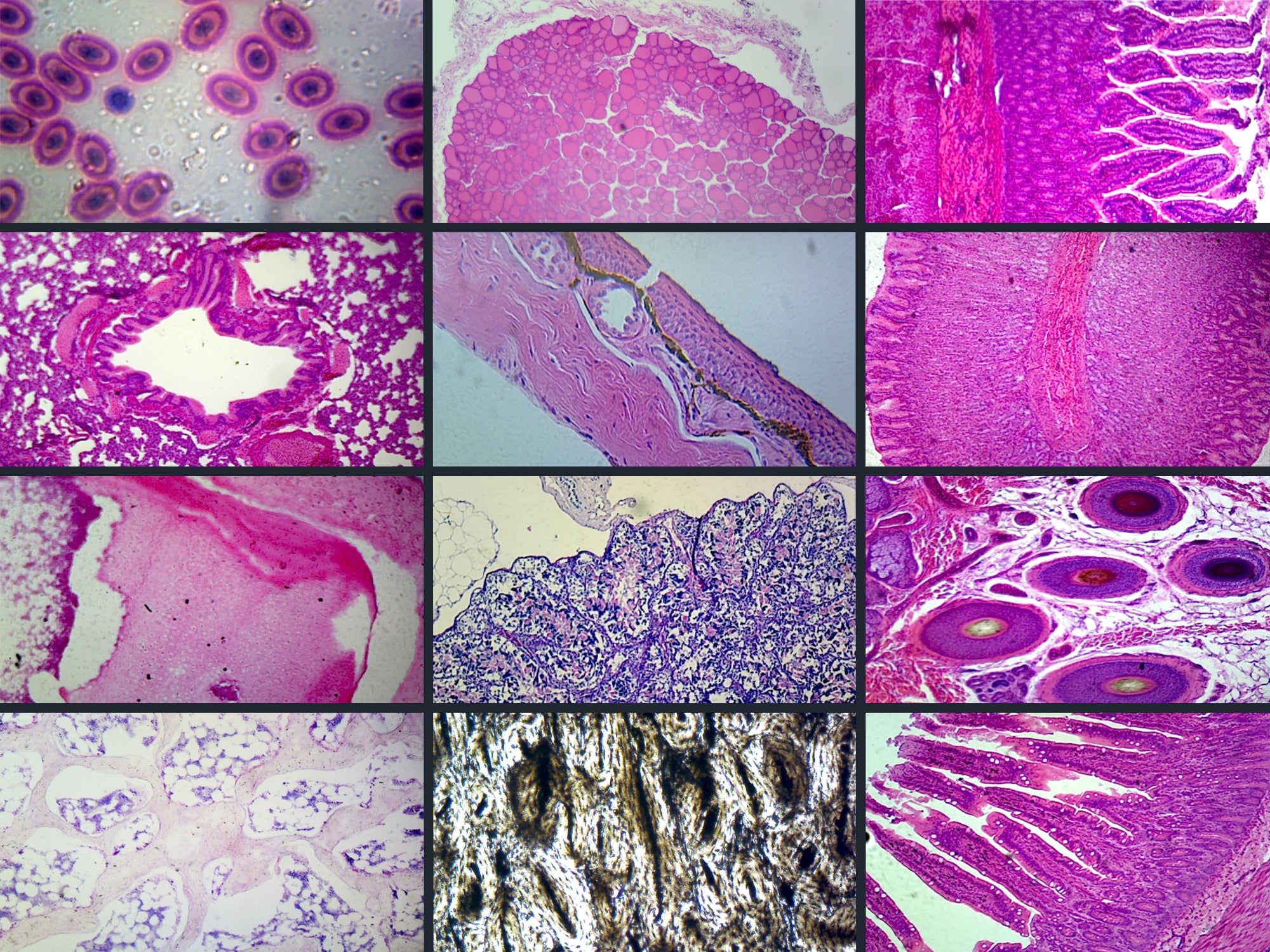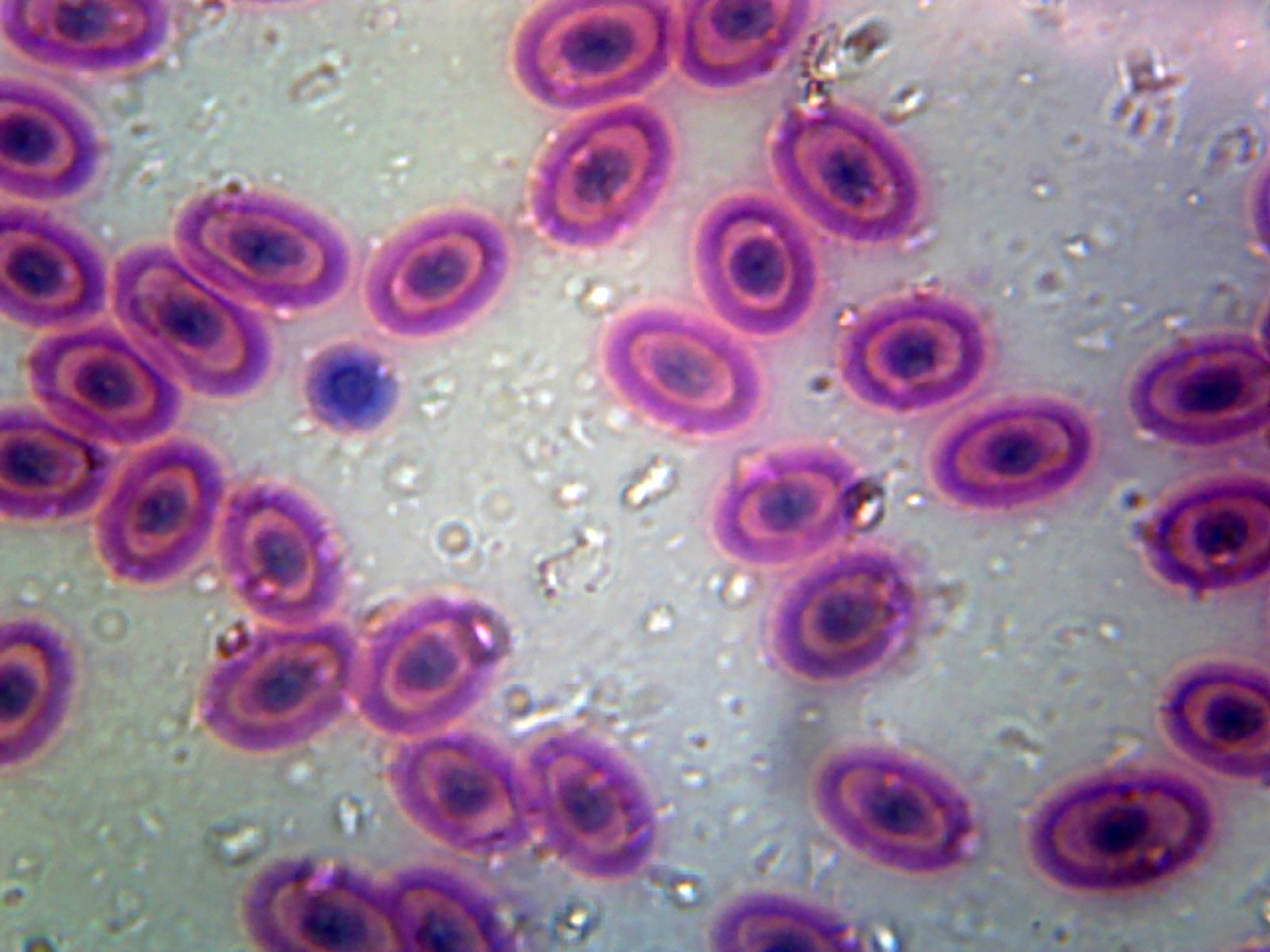There are more than enough reasons to treasure science and to push the envelope towards progress. Some are driven by an insatiable need to personally know more. Others are pushed to research in hopes of improving efficiency for their industry’s bottom line. And others, still, are compelled to research because they need to solve a problem and they’re pressed for time. This third category is where the scientists working on the RIPE (Realizing Increased Photosynthetic Efficiency) project find themselves.
There are a lot of changes in this world coming down the pike that will dramatically affect the way humans manage resources over the next century. These changes primarily relate to two quickly-increasing variables: human population and global average temperatures. As temperatures rise around the globe, droughts are expected to become more common and more frequent, leaving less time for afflicted areas to recover before the next drought occurs. Furthermore, the population of 7.6 billion humans living on the earth right now is projected by the UN to grow to approximately 9.8 billion by 2050. On top of this, roughly 70% of the world’s fresh water is allocated towards agriculture. The most important factors to healthy, sustained human life on Earth (besides oxygen) are access to food and clean drinking water.
These factors form a perfect storm of sorts. As population grows, we will need to find new ways to feed people. While many are attempting to address an incoming food shortage by curbing food waste, people are also looking into increasing crop yields through a deeper understanding of photosynthesis. This is where RIPE comes in.
RIPE scientists working out of the Carl R. Woese Institute for Genomic Biology at the University of Illinois seem to have found a way of engineering crops so that they use roughly 25% less water while providing the same yields. Through genetic testing on the tobacco plant, they found that by increasing the levels of the protein PsbS (Photosystem II Subunit S), the percentage of water lost per molecule of CO2 assimilated by the plant was reduced by 25% without loss in yield or photosynthesis. And, since PsbS functions the same across all plants, they expect their results to be applicable to other crops as well.
To understand this a little better, it is important to have a slight understanding of what they did. The protein they manipulated, PsbS, is directly related to the functioning of the plant’s stomata. Stomata are the microscopic pores on the epidermis of a plant where gas exchange occurs. Here, CO2 is absorbed to be used in photosynthesis in a process called assimilation, while, at the same time, water vapor is lost in what is called transpiration. Our Monocot Leaf Epidermis slide shows what stomata look like under a microcope:
The opening and closing of stomata is influenced by the humidity, the CO2 levels inside the plant, the quality of light, and the quantity of light. The RIPE researchers wanted to genetically alter the stomatal reaction to the quantity of light. Since PsbS plays an essential role in informing the plant on the amount of light available, they wanted test if excess levels of it would trick the plants into opening their stomata less.
They hypothesized that since atmospheric CO2 levels have increased so much over the last 100-odd years, the stomata on the plant would not need to open as much to take in the amount of CO2 they need for photosynthesis. That being the case, the smaller pores of the less-opened stomata would allow for the plants to hold onto more of their water and lose less through the pores.
After model tests and field tests, their results seemed to back up their hypothesis. That is a big deal. From here they plan to apply this research to food-producing crops, and, in the process, hopefully cut our agricultural water usage dramatically.
The necessity for research like this can be scary to think about. But, as I said earlier, sometimes science is done because we can’t do without it. That said, even without the prerequisite doom and gloom, the potential water saving aspect of this project is awesome and exciting. Progress like this opens up great new possibilities as to where to allocate resources and how to help the less fortunate people of the world in its drought-stricken regions. I, for one, have a hard time not being optimistic when I see these types of discoveries. Humans have always faced challenges, and we’re still here. It’s hard to imagine a world where our best and brightest can’t put their heads together to fix whatever is thrown at us.
Written By: Jacob Monash













1 comment
Abdullah Naseer
My tel No +966505665257
I live in sauadi arabia
I am intersited to speak to your co in regard of our plan to establish discovery sceince museum cub for childeren. Need dirct tel (not 888 or 800 becuse do not work from here)
Look forward to hear from you.
Regards